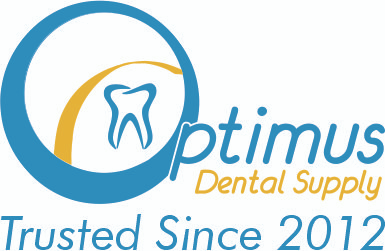The market for intraoral scanners is vast and complex, with an ever-increasing range of options available from suppliers all over the world. How can you help your customers navigate the increasingly crowded field and find the right scanner for their practice? Below are five key questions to ask customers during their scanner search.
- Does investing in a digital scanning solution make sense for your practice? Ask your customer to consider how many conventional analog impressions they take per month. For example, based on survey data from the ADA, the average dental practice takes 384 impressions per year (this total roughly comprises 360 crowns, 12 full or partial dentures and 12 inlay/onlay restorations*). If they take 384 impressions per year at a real cost of $100 per impression, this means their annual impression cost is $38,400. Doing this calculation will help them see if investing in a digital workflow would be worthwhile for their practice.
- What technical features do you need in a scanner? Certain functionality can have a tremendous bearing on the overall scanning experience, including these features:
- Open architecture: The ability to deliver file formats in OBJ, STL and PLY offers the flexibility to work with any open-platform software.
- Digital scan quality: Particularly regarding hard and soft tissue clarity, which contributes to overall accuracy.
- Lab communication: Sending files directly to the lab speeds up communication, reduces delivery time and enables instant feedback.
- How easy is the scanner to use? The scanner’s weight, size and ergonomics significantly impact daily use. Ask your customer to consider how easy it is to use and how much time it will take to train their staff. The time it takes to perform a scan is also an important factor to think about.
- What types of restoration do you perform? Scanner models differ in complexity. When determining how advanced the scanner needs to be, ask your customer to think about the range of restorations and appliances their practice needs.
- Which cost model will best fit your practice? Some scanner solutions come with an additional data plan; license, scan and upgrade fees; and club dues. Others require a one-time investment, which means the amount your customer saves on impression material can help them recoup their intraoral scanner investment over time.
